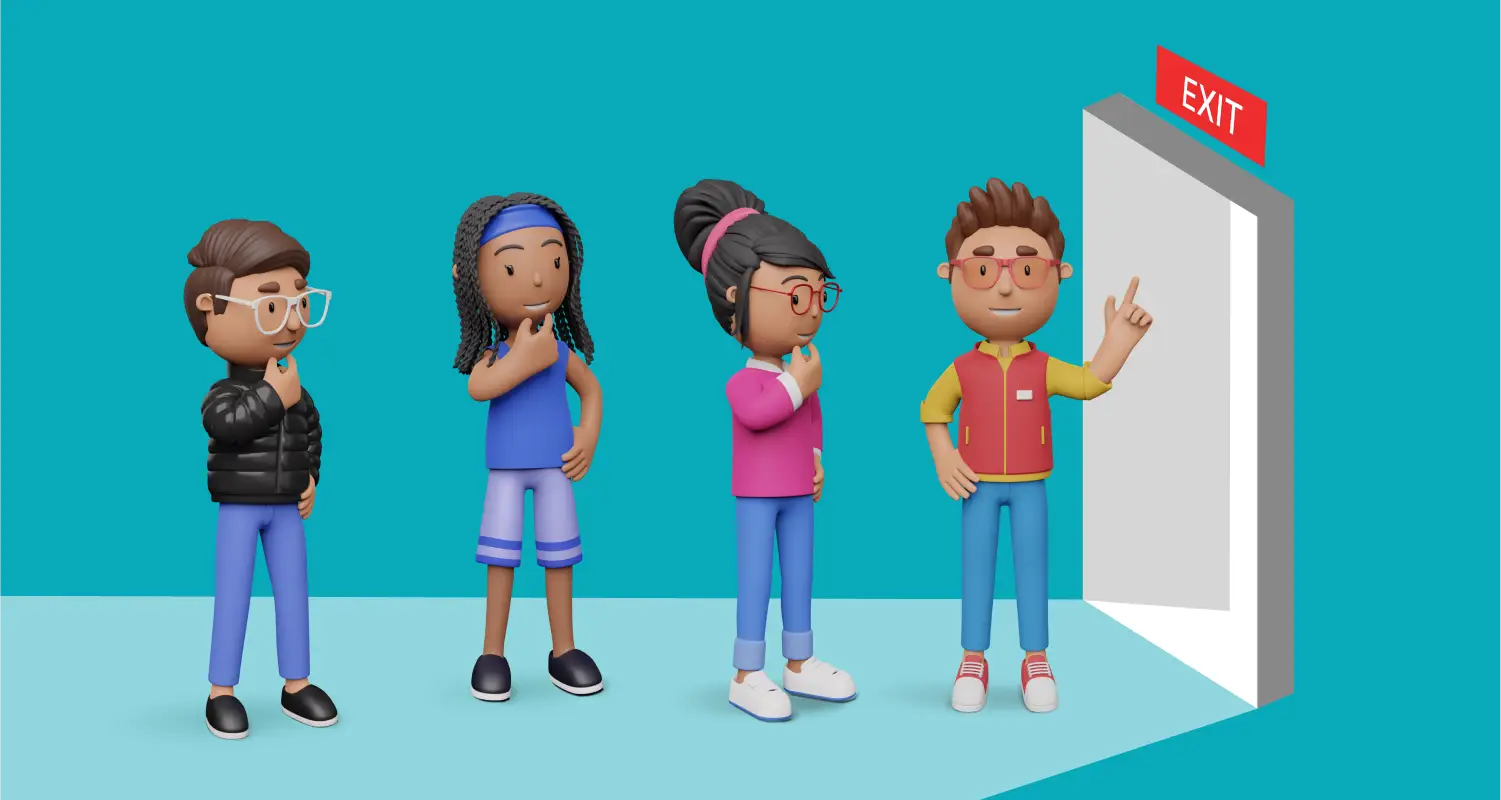In the event that your clients abandon your company for competitors, there is a high probability that they will communicate their experience with others.
As a result, addressing customer issues promptly and diplomatically is of utmost importance.
Research indicates that 43% of consumers are willing to pay extra for more convenience, while 42% are ready to spend more for a pleasant and welcoming experience.
In this article we will look at customer churn, its importance, its causes, and how to prevent it.
What is customer churn?
Customer churn describes the situation when customers or subscribers cease their relationship with a business for any reason.
Whenever a client terminates their relationship, you experience the negative effects of customer attrition.
Although some churn is a typical aspect of any business, an elevated customer churn rate can hinder the growth of any organization.
Types of customer churn
There are two types of customer churn as discussed below:
Voluntary churn
Voluntary churn refers to the loss a company experiences when a customer consciously decides to stop using a service for a particular reason.
This reason is often linked to an issue within the product or service interaction that leads to customer dissatisfaction.
The first step to addressing this type of churn is to understand how to continuously enhance customer satisfaction.
Some of the common causes of voluntary churn are:
- Product-based dissatisfaction
- Bad customer service
- Competition from other brands
- Unaddressed customer complaints
Involuntary churn
Involuntary churn occurs when customers discontinue a service without making an active decision to do so.
This can happen for a variety of seemingly insignificant reasons, but over time, it can erode revenue streams and profits.
This is the most frequent type of churn in the SaaS sector, but it’s easier to prevent than voluntary churn.
Some of the common causes of involuntary churn are:
- Payment method failure
- Insufficient funds
- Wrong billing information
- Delayed payments
- Outdated customer payment details
- Server/website errors
It is crucial for businesses to comprehend the factors contributing to customer churn so as to tackle those issues and ultimately promote customer retention.
What is customer churn rate?
Churn rate denotes the percentage of customers who cease their association with a company within a specific duration.
The optimum churn rate for any business would ideally be zero, indicating no loss of subscribers. However, in reality, businesses will invariably lose subscribers due to various reasons.
It becomes crucial then to compare the business’s churn rate with the average churn rate within its industry, factoring in whether the business is a startup or a well-established one.
Understanding how a business’s churn rate stacks up against the industry average is the only way to determine if the churn rate is satisfactory or below standard.
A high churn rate implies a higher number of customers discontinuing purchases from your business.
This could imply that the company is not performing well in some areas, such as providing a substandard product or inadequate customer service, among other potential negative factors contributing to rapid customer loss.
Thus, a high churn rate typically signifies that a company is experiencing significant losses.
A low churn rate refers to a situation where only a small percentage of customers stop subscribing or stop doing business with the company over a given period of time.
It is a positive sign, as it indicates high customer retention and satisfaction.
How to calculate customer churn
You may be questioning the need to evaluate customer churn rate, given that losing a certain percentage of customers is inevitable.
However, the calculation of churn rate is crucial since the cost of acquiring new customers exceeds the cost of retaining current ones.
The customer churn rate is a simple calculation. It’s the number of customers lost divided by the total number of customers within a specific period, multiplied by 100%.
To accurately calculate your churn rate, you can use the following formula:
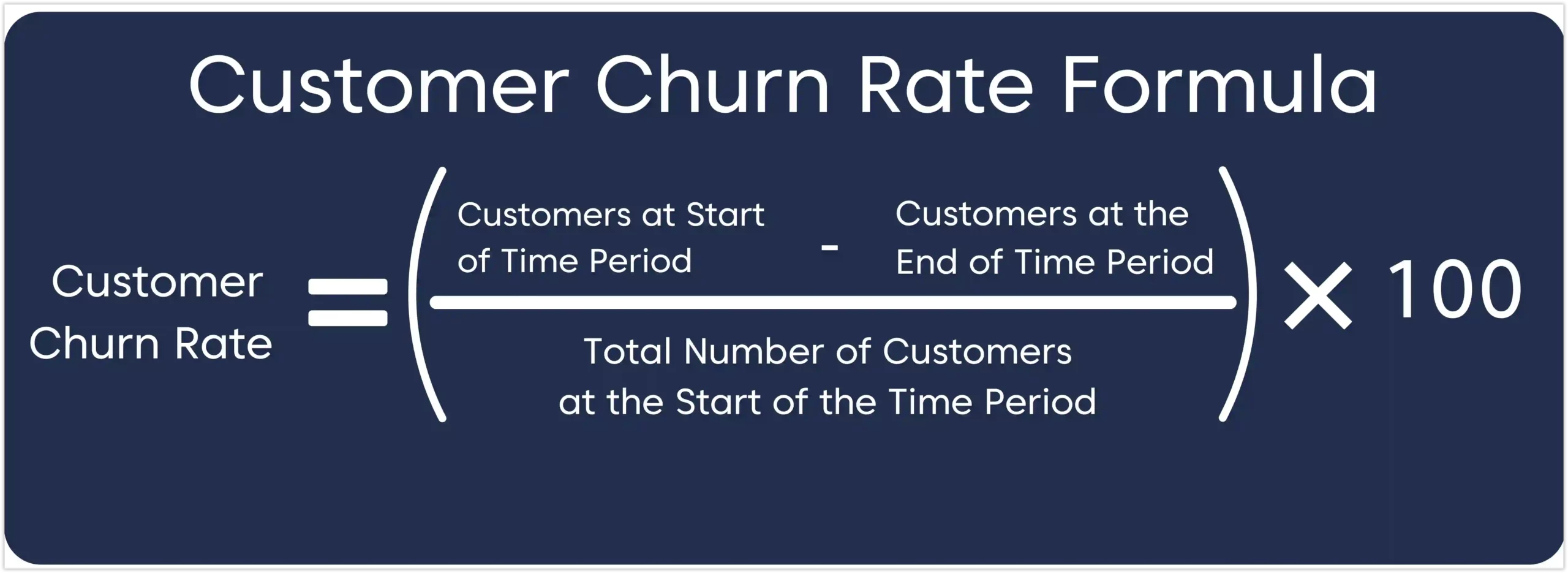
Why is analyzing customer churn important?
Customer churn is not just a theoretical issue; it has tangible effects on your business and profit margin.
Churn equates to a loss of income. Each customer that churns results in a loss of potential earnings.
Churn is a significant concern for many businesses because it reflects their effectiveness (or lack thereof) in retaining customers.
Evaluating customer churn is important for the following reasons:
- Prevention of loss of revenue: The higher the customer base, the greater the revenue. However, if acquiring new customers equals or overshadows the profits, it becomes unprofitable. Hence, it is crucial to concentrate on retaining current customers rather than gaining new ones. When customers leave, they take their subscription or purchase money with them, which directly affects the company’s revenue.
- Reduction of negative word-of-mouth: Unsatisfied customers are likely to share their negative experiences with others, which can potentially damage a company’s reputation and deter potential customers. They may share with potential customers the reasons they left your brand, which could harm your efforts to attract new customers.
- Indication of impact on company valuation: High churn rates can make a company less attractive to investors, as it indicates instability and inefficiency in customer retention. It can indicate problems with the company’s products, services, or customer relationships that could impact its long-term viability and profitability.
- Providing insight on lost opportunities for growth: The more customers a company loses, the fewer customers it has to expand its business through upselling or cross-selling. A high churn rate suggests that the business isn’t growing as expected, indicating that changes need to be made to customer retention strategies.
- Providing valuable feedback: Churn analysis can provide valuable insight into why customers are leaving. This could be due to dissatisfaction with a product or service, better offerings from competitors, lack of usage, or many other reasons. By identifying the reasons for customer churn, a company can take steps to improve customer retention, such as enhancing product features, improving customer service, or developing competitive pricing strategies.
Understanding and managing customer churn is essential for the long-term success and sustainability of a business.
Common causes and how to reduce customer churn
Research indicates that after one negative experience, 32% of customers would cease conducting business with a brand they adored.
Here we will discuss the reasons for customer attrition and how to reduce it:
1. Poor customer service
Your brand will be used by customers as long as it provides them with benefits.
Nevertheless, poor customer service can significantly affect your business’s reputation and the ability to attract new customers in the future.
According to PWC, 65% of U.S. customers agree that a positive brand experience is more impactful than excellent advertising.

Here are examples of poor customer service:
- Lack of response from agents
- Making customers wait on hold for an extended period
- Transferring clients from one agent to another
- Use of negative language
How to prevent this
Research by PWC indicates that around 80% of American customers identify convenience, speed, friendly service, and knowledgeable assistance as the key components of a satisfying customer experience.
Prioritizing exceptional customer service can set your brand apart and assist in retaining a larger number of customers.
Here are the strategies to achieve good customer service:
- Establish transparent guidelines regarding the availability of your support team.
- Train your support team to avoid common customer service mistakes.
- Enable your customer service team to be courteous and teach them how to apologize to customers effectively.
- Establish a feedback system that allows customers to report any problems they encounter with your product. Your customer support team can then promptly contact them and resolve their issues.
To find out more by reading our blog on the benefits of good customer service.
2. Poor onboarding
A poor onboarding experience for your clients can significantly hinder your growth, if not damage your business.
The initial in-app interaction your customer has with your brand establishes the foundation for your relationship.
If this experience is daunting or presents obstacles to attaining success (or recognizing your brand’s value potential), your relationship may be threatened.
How to prevent this
Begin educating your audience during the initial stages of the customer journey and cultivate their interest throughout the process to enhance your retention rates.
Here are several crucial suggestions for a successful onboarding procedure:
- Make tasks easier using step-by-step guides.
- Provide brand demos.
- Establish a compulsory onboarding process and ensure its implementation.
3. Unaddressed customer complaints
It’s the lack of response and appropriate handling of your customers’ complaints that greatly frustrates them.
If they repeatedly express their concerns and you don’t respond adequately, it can intensify their frustration and eventually lead to customer attrition.
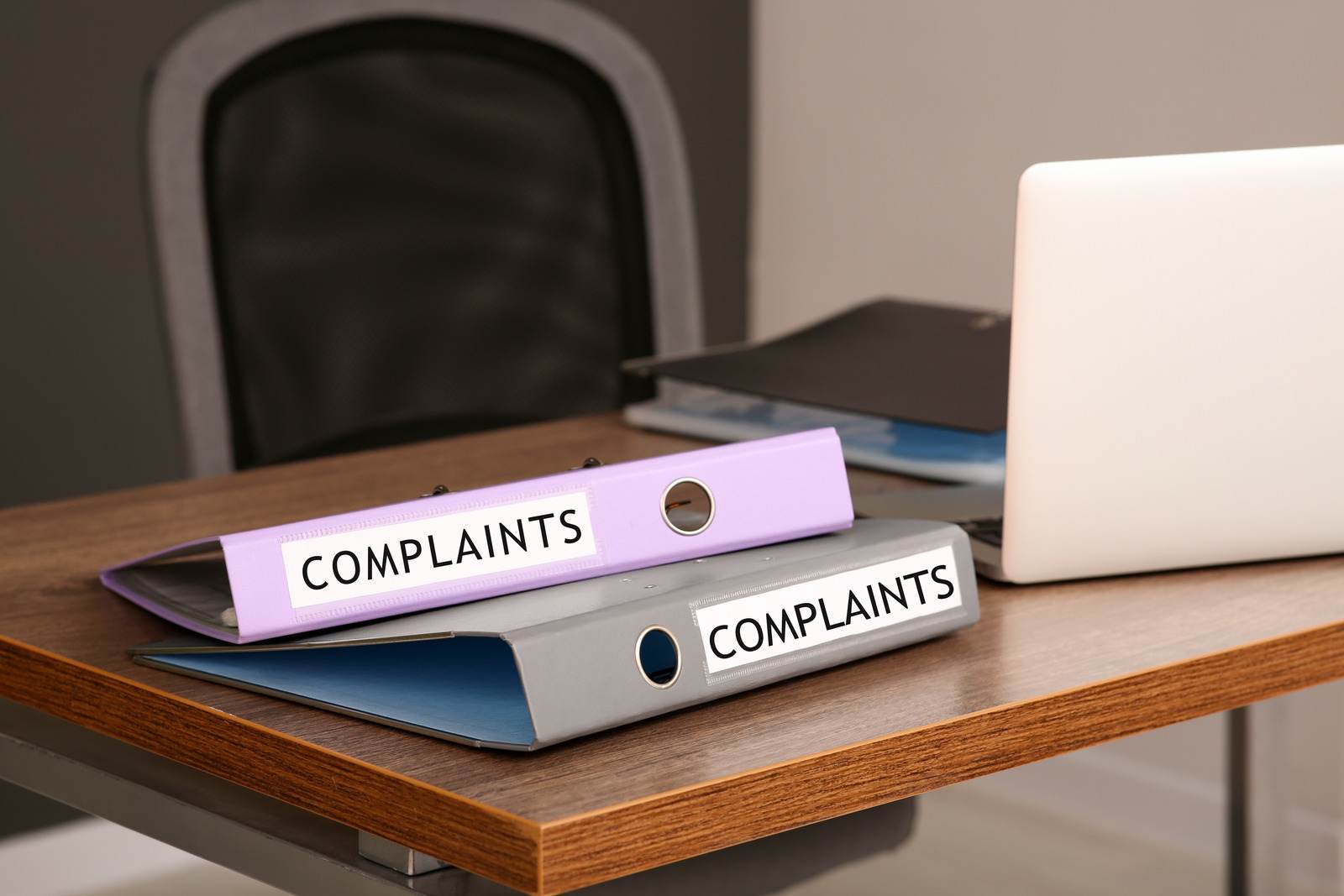
Complaints serve a crucial purpose in identifying gaps in your products and services.
If they have problems and you don’t address them promptly, you may miss an opportunity to enhance your relationship with them.
How to prevent this
- Elevate issues to the appropriate teams.
- Promptly address and resolve concerns.
- Incorporate feedback to enhance processes, products, and services.
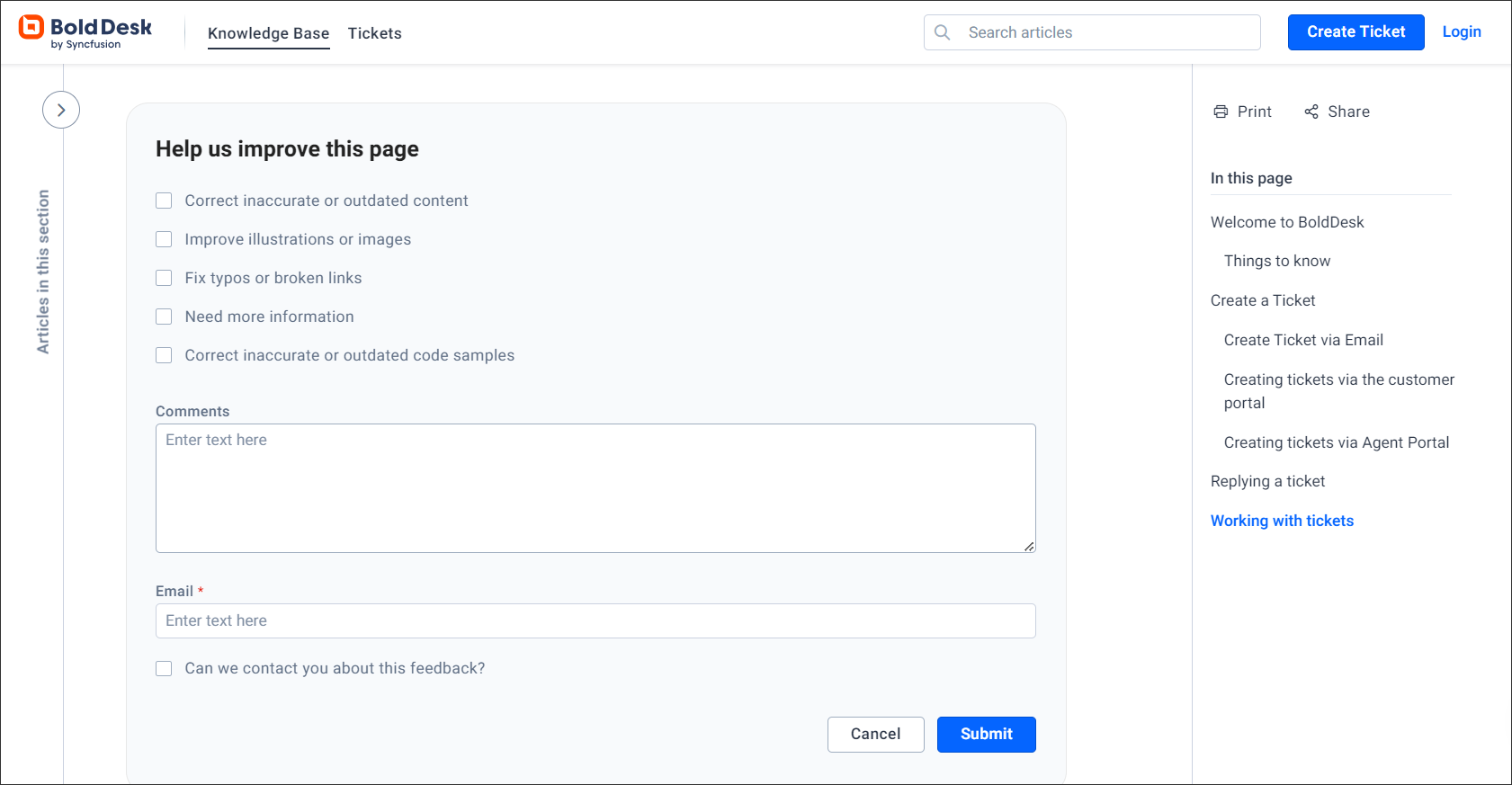
4. The product and service does not provide sufficient value to the users
A broad range of factors contributing to customer churn can be categorized under “lack of value.”
Essentially, this implies that a customer is not experiencing the anticipated results from your solution.
To ensure users consistently renew their subscriptions, it is crucial to provide ongoing value.
Clients are constantly seeking methods to improve their job performance and attain their objectives more quickly.
How to prevent this
- To ensure that users consistently perceive value, it is essential to understand which features they are utilizing and which ones they are neglecting.
- Assist your users in embracing sophisticated features through an ongoing onboarding procedure.
- Request feedback from clients on areas that need improvement and their specific needs.
5. Poor customer relationship
Research indicates that leaders in the technology sector who excel in customer experience (CX), dedicate 36% more time to cultivating customer relationships and overseeing technology adoption compared to those who are still learning about CX.
Conflicts may arise between customers and the sales team during the onboarding process or interactions, stemming from product-related or personal reasons, leading to customer attrition.
How to prevent this
To prevent this scenario, take the initiative to match customer service representatives or consultants with suitable customers.
Additionally, establish a procedure that allows for a swift transition of customers to other representatives when necessary.
You can also train support agents on effective communication with customers and strategies to enhance strong customer relationships.

6. Issues with the brand
Your brand is essential for the growth of your customers’ businesses, and any issues such as downtime, glitches, or bugs can lead to a loss of productivity and revenue for your customers.
How you handle problems when they inevitably arise can be the determining factor between retaining customers and losing them.
Here are the solutions to that problem:
- Regularly and proactively update customers, particularly when issues occur, to maintain their involvement in the process.
- Frequent software updates can assist you in preventing or minimizing customer churn.
7. Competition from other related brands
Even if you possess the best-engineered brand globally, your clients will abandon you in a heartbeat if they perceive your competitor’s brand as better suited to their needs.

When this occurs, you not only lose revenue but also experience a decline in:
- Market share
- Employee morale
How to prevent this
Identify what sets you apart. What is your distinctive selling point—the aspect your rivals cannot replicate? Do you offer exceptional service? What makes your business one of a kind?
Highlight this in your marketing and positioning strategies, and you will attract more devoted and enduring customers.
8. Challenging user experience
Indeed, your product might possess essential features and offer a favorable return on investment. However, is it user-friendly and enjoyable to utilize?
Over time, a poor user experience becomes increasingly irritating for end-users.
How to prevent this
- Simplify the user interface and resolve accessibility challenges encountered by the users.
- Improve products by incorporating user experience design principles to boost customer retention.
9. Customer payment method failures
Involuntary churn is prevalent when a customer’s subscription or service is terminated without their consent or awareness.

This often occurs when a customer tries to make a payment for a SaaS product but faces difficulties due to reasons like:
- Outdated credit card information
- Modifications in bank account numbers
- Technical issues from the service provider’s side
How to prevent this
- In order to minimize unintentional customer attrition, dispatch an email to clients prior to the expiration of their subscription or payment technique.
- In case the card is expired, provide a grace period. Permit the usage of the brand with certain restrictions and remind them to make a payment to obtain complete access.
10. The product lacks sufficient features and functionalities
Often, customers buy a product depending on its potential to simplify their lives, either presently or in the future.
If the brand fails to meet these expectations or does not deliver the promised features, the customer will likely stop using it.
How to prevent this
To develop the appropriate features, inquire with customers about the features they would prefer the product to have.
Prevent customer churn through enhanced customer experience
It’s unrealistic to expect that every customer who initially bought from you will remain loyal for years. Some customer turnover is bound to occur.
However, if your customer attrition rate is excessively high or continuously increasing, it’s a sign you need to intervene.
By analyzing the causes of customer churn over time, your team can pinpoint recurring themes and issues that may be causing customers to leave.
Comprehending the causes of customer attrition and effectively reducing your customer churn rate may not be complex, but it can be challenging.
The key is to consistently strive to know your customers and their requirements, engage them with your product, and maintain their satisfaction so they continue to support your business.
Arrange a live demo to learn how BoldDesk can enhance your business to reduce customer churn. Begin a free trial to investigate its numerous features.
Should you have any inquiries regarding the product and its functionalities, do not hesitate to reach out to the BoldDesk support team.
Related articles
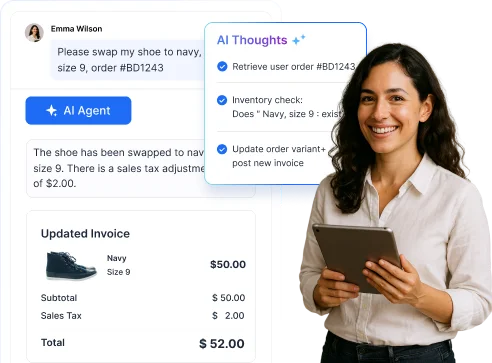


















 Email Ticketing System
Email Ticketing System Shared Inbox Software
Shared Inbox Software Multi Brand Help Desk
Multi Brand Help Desk Internal Help Desk Software
Internal Help Desk Software Trouble Ticketing Software
Trouble Ticketing Software Mobile Help Desk
Mobile Help Desk 










